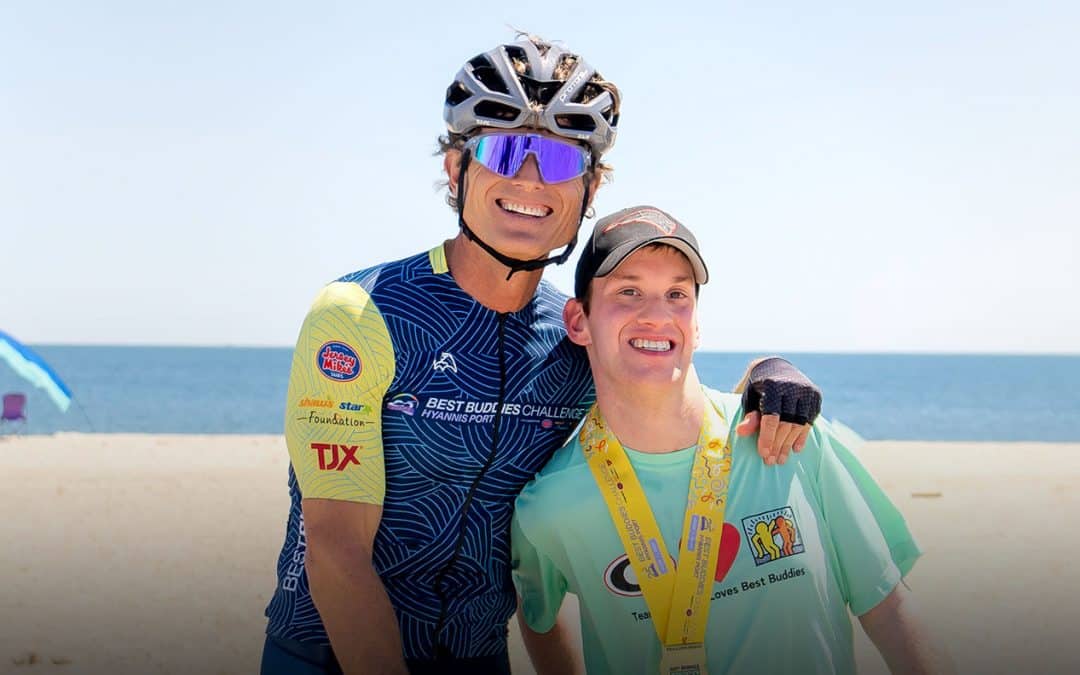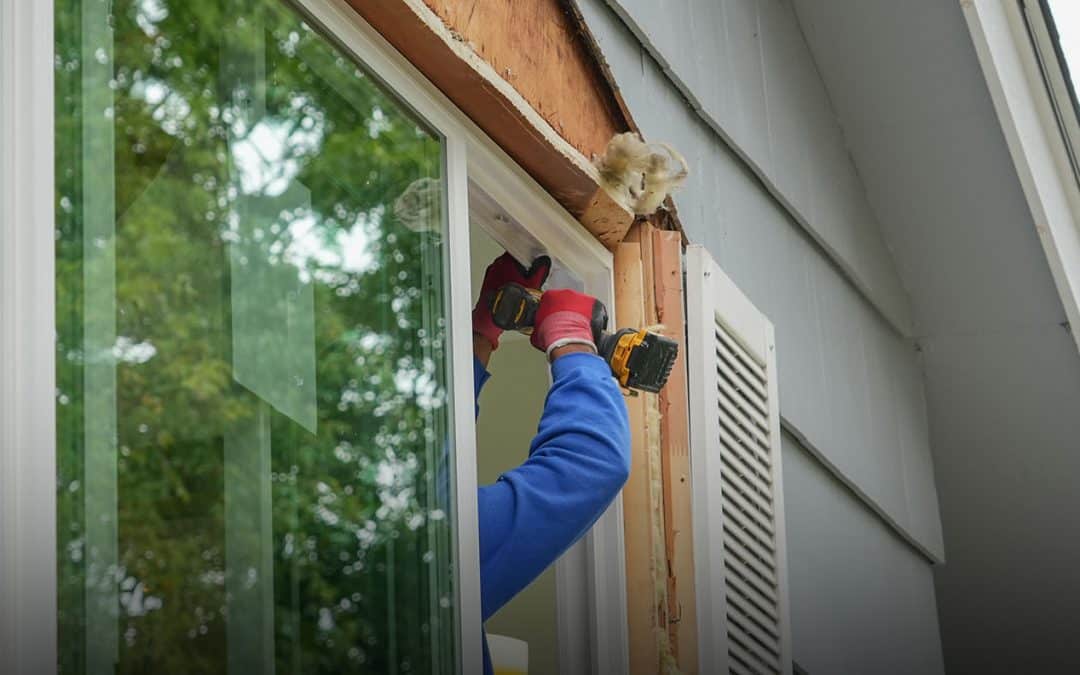Vehicle crashes are the leading cause of death for children ages one to 13 according to the National Highway Traffic Safety Administration. With November being Child Safety and Protection month, it’s even more important to make sure your little one is safe and in the correct car seat while traveling.
The NHTSA recommends the following tips when buying and installing a car seat:
- Select a car seat based on your child’s age and size as they continue to grow
- Because every car seat is different, make sure you choose a seat that fits in your vehicle
- Install your car seat correctly by following the instruction guides and getting the car seat inspected at a station that offers this service
- Register your car seat and sign up for recall notices to receive safety updates
There are four different types of car seats to be aware of: rear-facing, forward-facing, booster seat and seat belt.
A rear-facing car seat, according to the NHTSA, is the best seat to use for a young child between the ages of one and three. Because it has a harness, it cradles and moves with the child to reduce stress on the neck and spinal cord in the event of a crash. The NHTSA recommends that a child under three remain in a rear-facing car seat until he or she reaches the top height or weight limit allowed by the car seat’s manufacturer.
A forward-facing car seat is the next step for your child once they outgrow the rear-facing one. The forward-facing seat has a harness and tether that limits a child’s forward movement in the event of a crash. This seat is best for a child age four to seven and according to the NHTSA, should be used until the child reaches the top height or weight limit allowed by the car seat’s manufacturer.
The next seat for your child is a booster seat which is positioned by a seat belt so that it fits properly over the stronger parts of the child’s body. The booster seat is for when your child outgrows the forward-facing car seat and is typically used between the ages of eight and 12. A child should use a booster seat until they are big enough to fit properly in a seat belt, according to the NHTSA.
A seat belt should lie across the upper thighs and be snug across the shoulder and chest but not rest on the stomach area or across the neck or face, the NHTSA recommends.
With any type of seat, the NHTSA also recommends that children ride in the back seat for safety reasons.
For more in depth reviews of car seats and safety tips, visit the NHTSA. We hope these tips are helpful in selecting the right car seat for your little one. Don’t forget to also make sure you have the correct coverage on your auto insurance in Massachusetts with MAPFRE. Get a fast, free quote today to see how much you could save!
Please Note: This content is not intended to describe any specific coverage offered by MAPFRE Insurance. No coverage is provided, bound or guaranteed by this article. Available coverages, credits and discounts vary from state to state and are subject to eligibility criteria and policy terms/conditions, which will control in the event of conflict between this article and your insurance policy. For information about your policy, please review your individual policy contract and speak with your insurance representative.
MAPFRE Insurance® is a brand and service mark of MAPFRE U.S.A. Corp. and its affiliates, including American Commerce Insurance CompanySM (Cal. COA 4928-8), Citation Insurance CompanySM, The Commerce Insurance CompanySM, Commerce West Insurance CompanySM (Cal. COA 1372-2), MAPFRE Insurance CompanySM (Cal. COA 3039-5), and MAPFRE Insurance Company of FloridaSM.



